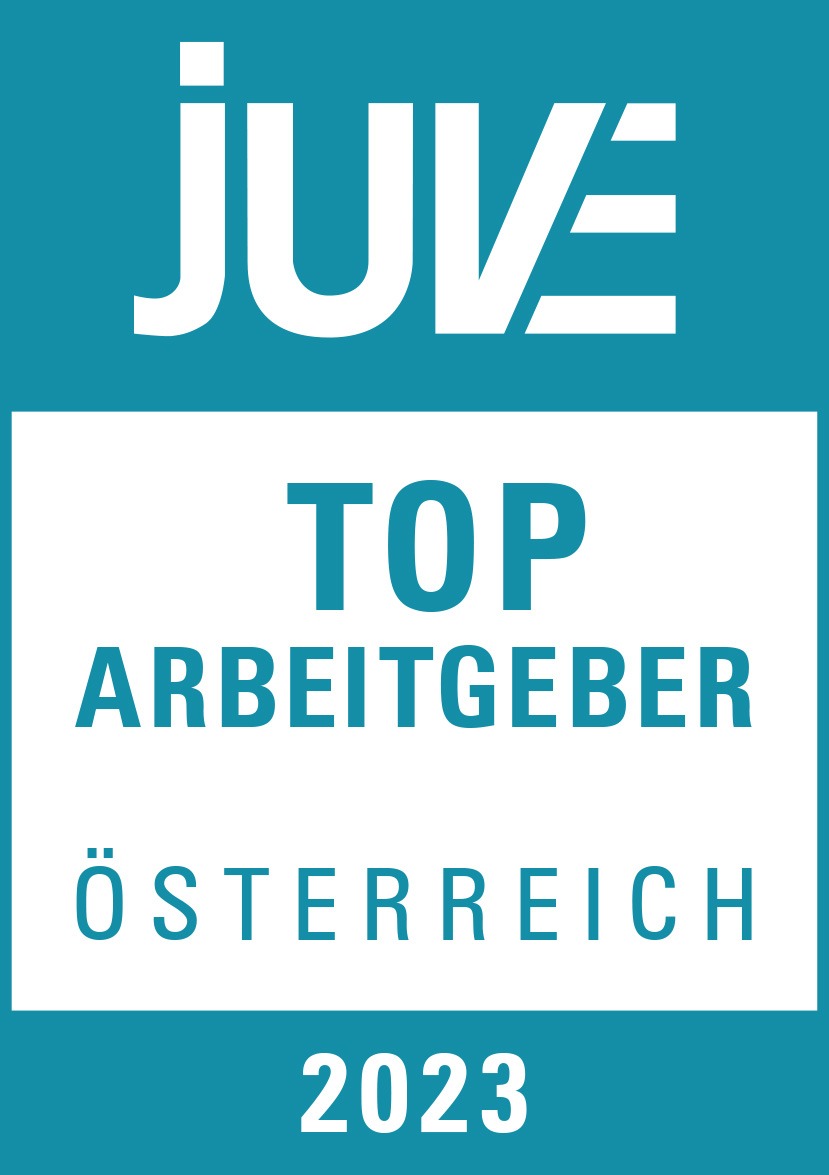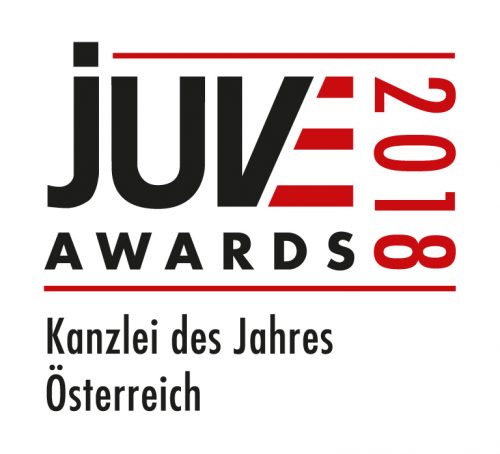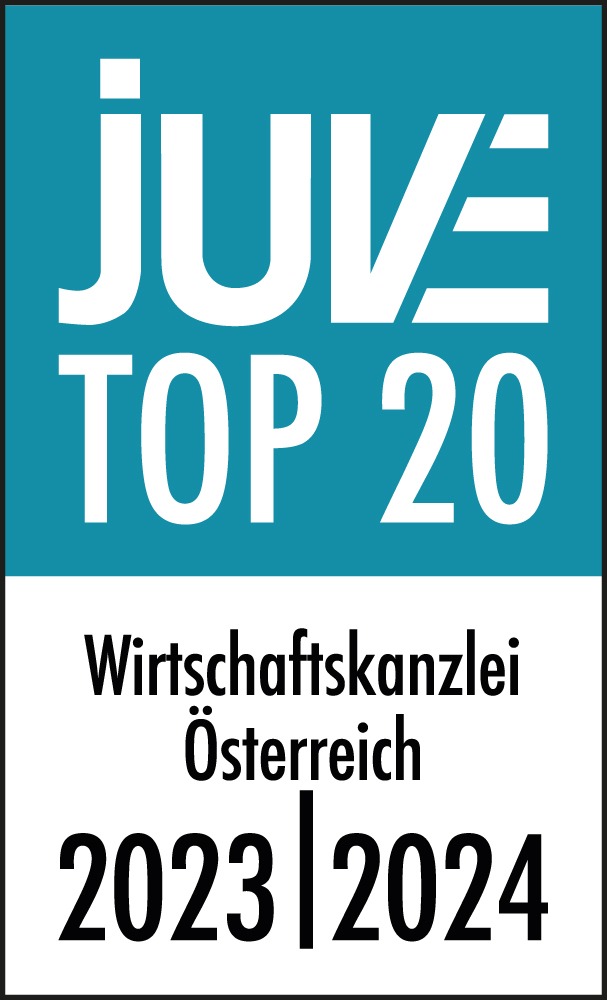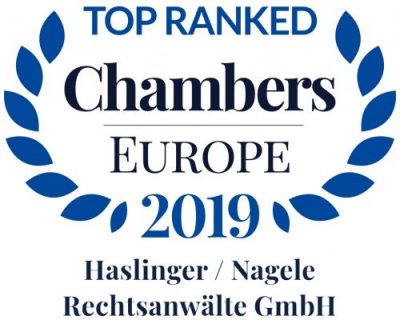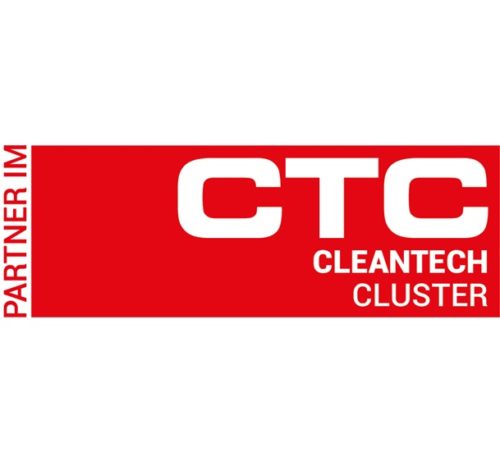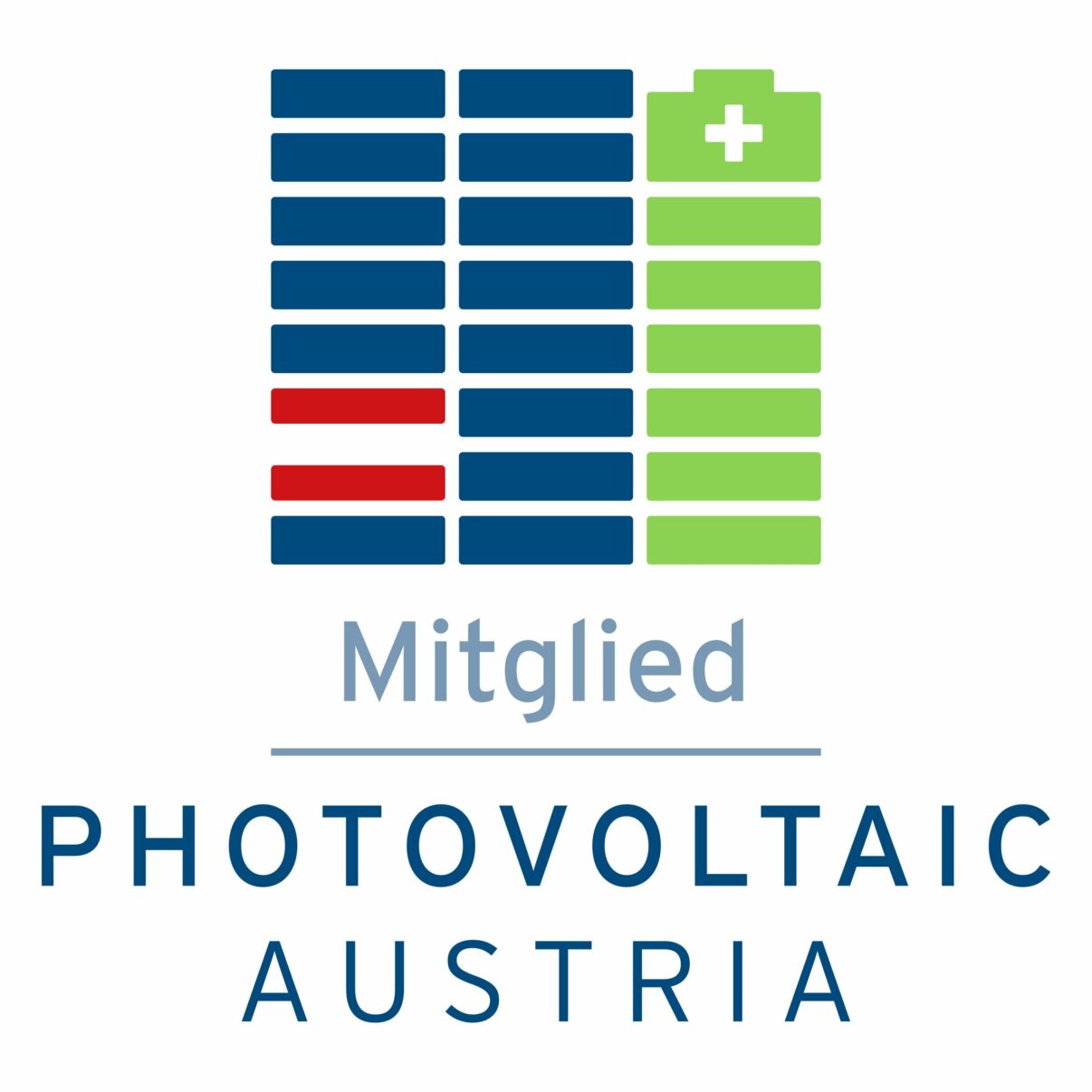Whistleblowing reporting systems
We help with implementation and processing!

On February 13th, 2023, the European Commission published a proposal (for a Commission Delegated Regulation), which caused quite a stir. In it, the criteria for “green” hydrogen are defined. This has been discussed controversially in the media (green hydrogen from electricity). There have also been extensive reports on the new draft regulations elsewhere.
The criticism of the proposed regulation is not entirely unjustified since the Commission is opening up the possibility of classifying hydrogen produced from nuclear power as “green”. It should be noted that the Renewable Energy Directive, on which the Commission’s current proposals are based, does not refer to nuclear power as “energy from renewable sources“. The discussion in this regard starts with the low or non-existent (direct) CO2 emissions of nuclear power and is already familiar from the controversy surrounding the Taxonomy Regulation.
The proposed regulation already stipulates in recital 1 that liquid and gaseous fuels of non-biological origin that are produced with electricity are to be considered renewable (only) if they are green electricity. Recital 2 makes it clear that this primarily concerns hydrogen produced in electrolysers. The origin of the hydrogen is irrelevant.
As a principle, liquid and gaseous fuels of non-biological origin which are produced from electricity are considered renewable only when the electricity is renewable.
(Recital 1 of the Commission’s proposed regulation, C(2023) 1087 final (emphasis not original)
With regard to the criteria for classifying hydrogen as “green,” the regulation envisions a cascading system. Primarily, hydrogen is to be considered renewable if the production plant is directly connected to a green electricity plant (direct line) or if the green electricity production takes place within the same plant. In addition, the green electricity plant must not be older than 36 months (date of commissioning), whereby the ordinance also provides an incentive to start new green electricity plants. In the event that the plant(s) is/are connected to the electricity grid, it must be proven through the use of a smart meter that no electricity has been taken from the grid.
However, if the electricity is primarily drawn from the public grid, Article 4 of the draft regulation provides for a differentiated system: The electricity can then be classified as renewable if the share of green electricity in the respective bidding zone is at least 90% on average. In addition, a maximum number of hours to be calculated must not be exceeded.
Alternatively, electricity from the grid can also be considered renewable if an emission intensity of 18 g CO2eq/MJ is not exceeded in the respective bidding zone. In this – controversially discussed – case, however, additional requirements must be met. For example, the hydrogen producer must have a long-term power purchase agreement (PPA) with a producer. In addition, the conditions of temporal and geographical correlation (Articles 6 and 7 of the draft) must be met. Furthermore, the draft regulation provides for additional “fallback levels”.
The proposed regulation combines this “origin system” with a “certification system” (certification of compliance). This serves the implementation of the internal hydrogen market, as it forms the prerequisite for the trade of recognized green hydrogen. Such systems are voluntary and must undergo an approval procedure with the Commission.
The significance of the Commission’s proposed regulation should not be underestimated; even if it appears “narrow” at first, the definition of green hydrogen will not only shape the entire EU hydrogen economy, but will also have an impact on the national regulatory landscape, especially on funding regulations. The cascade-like structure of the proposed regulation underlines the Commission’s efforts to strike a balance between environmental and economic interests.
In this respect, the fundamental criticism of the proposal is justified, as the focus on the emission intensity within a bidding zone enables or even promotes the production of hydrogen from nuclear power. At the same time, by establishing additional requirements, the Commission makes clear that it does not want to allow this unrestrained. In this respect, some criticism of the proposed regulation is exaggerated. In any case, the Commission’s approach was to be expected after the debate on the Taxonomy Regulation.
If you have any further questions, please do not hesitate to contact Johannes Hartlieb, founding member of the 360ee team.
This article is for general information only and does not replace legal advice. Haslinger / Nagele Rechtsanwälte GmbH assumes no liability for the content and correctness of this article.
22. February 2023
